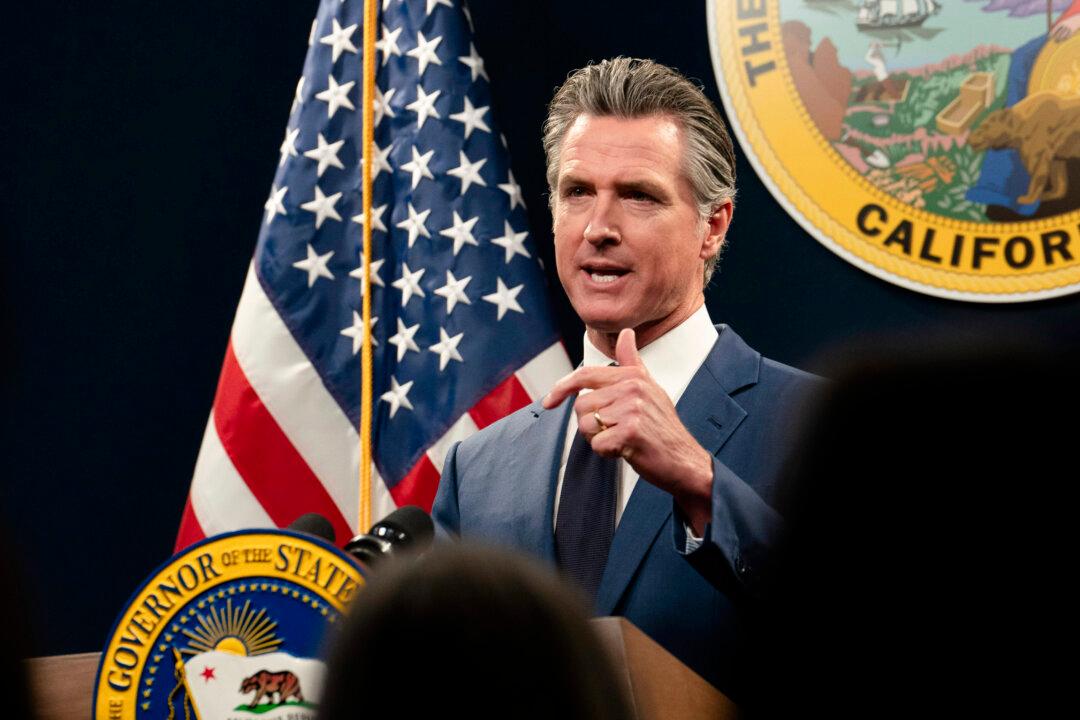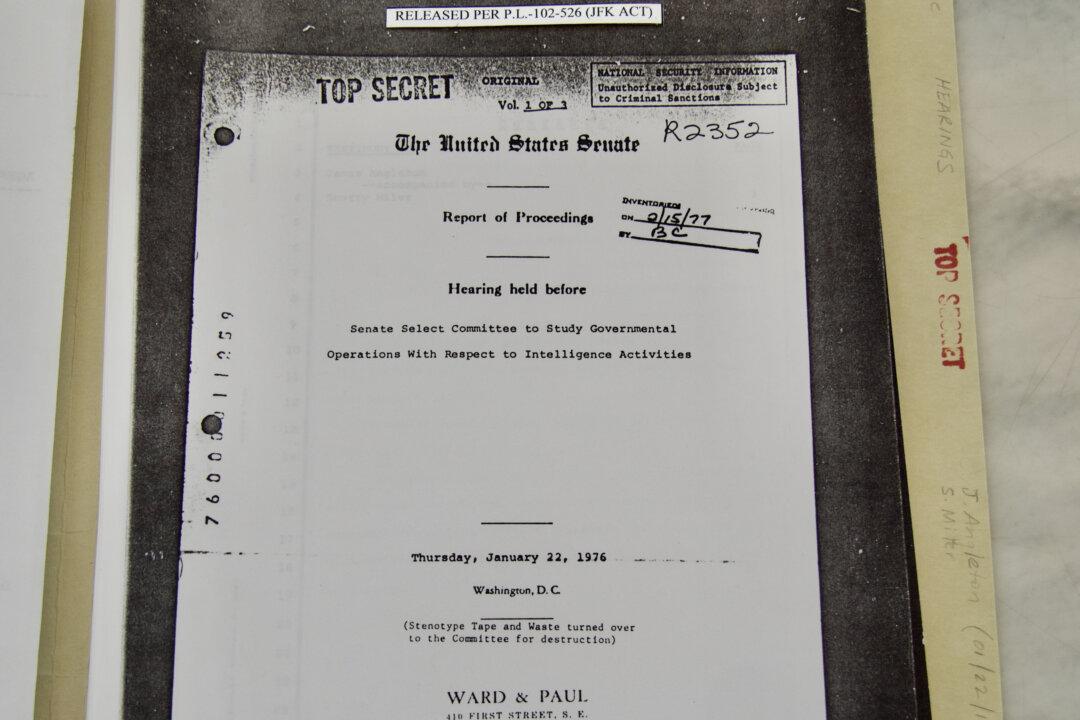SACRAMENTO—After months of negotiations, California Gov. Gavin Newsom signed budget bills as well as other legislation amending the state’s 2024 budget act, which covers the upcoming and next fiscal year.
Additionally, on July 2, he signed trailer bills—which further amend the budget and define specific actions not previously included—related to education, Medi-Cal, health care, state government, and taxation.
The plan balances the state’s budget over the next two fiscal years with a goal of minimizing budget shortfalls if revenues fail to meet expectations in the coming years.
Mr. Newsom declared a fiscal emergency, allowing the state to access reserve funds while also limiting the amount of money set aside in the coming fiscal year.
The budget allocates $298 billion in expenditures and prioritizes investments in education, homelessness, mental health care, and safety net programs, according to the governor.
“This is a responsible budget that prepares for the future while investing in foundational programs that benefit millions of Californians every day,” Mr. Newsom said in his press release.
While seeking to avoid deep cuts that jeopardize core services, hundreds of programs are slated for spending reductions—including $1.1 billion from affordable housing programs, $750 million from the state’s Department of Corrections and Rehabilitation, and more than $746 million from healthcare workforce programs, among others.
Additionally, more than $1 billion combined was cut from various education related programs.
State agencies are not immune from the downsizing, as billions of dollars will be saved by eliminating vacant positions, and all administrative departments statewide have been ordered to reduce spending by about 8 percent.
Funding shifts were used to manage $6 billion of the deficit, while spending delays and pauses amount to $3.1 billion, and another $2.1 billion is deferred.
Budget problems began in earnest in 2023 after revenues fell significantly due to volatility in the stock market which negatively affected capital gains tax receipts. Such set a record in 2021 at $349 billion, but subsequently fell to about $156 billion in 2022 and $137 billion in 2023.
The problems were not identified until late in 2023 due to winter storms which pushed tax collections back from April to November after the federal government delayed due dates.
Such resulted in the state swinging from a record surplus—about $100 billion—to record deficit of $73 billion, in two years.
Most of the surplus was used for one-time spending allocations, which the governor said helped manage the state’s finances, suggesting long-term obligations were unsustainable.
Critics of the budget said the state’s spending far exceeds revenues and needs reigning in, while priorities should be recalibrated.
“I think the priorities are completely out of whack,” Assembly Minority Leader James Gallagher told The Epoch Times July 1. “They’re cutting funding for foster kids and kids with needs while continuing to fund high speed rail, and they want money for electric buses for schools while kids aren’t reading at grade level.”
He also questioned the process by which the budget was devised and called for more open discussions that allow the public to understand how decisions are made.
“The budget process has not been transparent,” Mr. Gallagher said. “There were a lot of committee hearings, but what ultimately got in the budget was what the governor and legislative leaders decided behind closed doors.”
Critics also highlighted changes to the state’s tax code as problematic. While the governor said he did not support raising taxes—other than on managed health care plans—the suspension of businesses’ net operating loss credits will cause some to pay more because they will be unable to offset losses with tax credits.
“Many of our businesses are actually getting a tax increase,” Mr. Gallagher said. “It’s misplaced priorities.”







